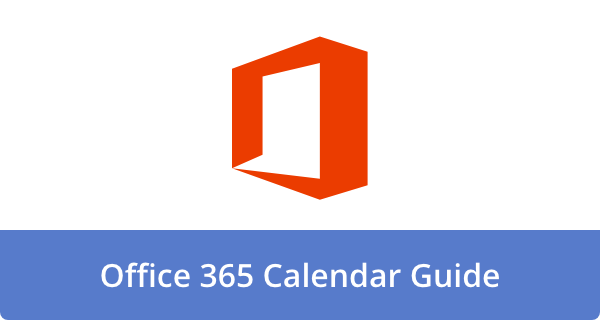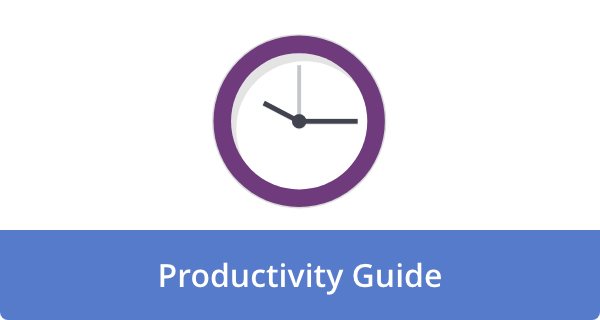

In school, I recall creating numerous spider diagrams during lessons. You’d put your subject in the middle and branch out with related concepts. But I rarely returned to these diagrams, and when I did, I couldn’t remember why things were connected. This early experience shaped my skepticism about mind maps, which persists today despite their popularity in learning science circles.
Danny Hatcher recently shared his thoughts on mind maps, and his perspective resonated with my own reservations. The fundamental problem with mind maps is that they represent static snapshots of dynamic thinking processes. Our thoughts evolve constantly, but mind maps freeze them in time without preserving the context that made those connections meaningful.
The Limitations of Visual Organization
When working with complex information, mind maps force us to make arbitrary decisions about grouping and significance. Do I create one node labeled “best technique” and somehow cram all related concepts underneath? Or do I create separate nodes for ecological dynamics, cognitive psychology, and ecological psychology? And how do I show that these separate nodes are actually interconnected?
As Danny points out, you can add colors or visual emphasis to indicate significance, but when you return to that mind map later, the meaning of that emphasis is often lost. What seemed obvious when you created it becomes mysterious when you revisit it.
This relates to what cognitive psychologists call “Markov blankets” — essentially, the boundaries we draw around systems. With mind maps, we can place these boundaries anywhere, but their placement is highly subjective and time-dependent:
- What seems significant when first creating the map changes over time
- The groupings that make sense today may not make sense tomorrow
- The relationships between concepts evolve as our understanding deepens
Linear notes, by contrast, don’t force us to create these artificial boundaries. They allow our thinking to flow naturally and evolve.
The Problem of Context and Meaning
Another issue I’ve found is that mind maps strip away context. A node labeled “content creation” could mean dozens of different things depending on the situation. Without surrounding text to provide context, these isolated phrases become ambiguous.
Meanings don’t exist in words alone – they exist in people and their interpretations. This is why I prefer writing in complete sentences and paragraphs. They preserve the context that makes the information meaningful to me later.
When I look at a mind map I created weeks or months ago, I often can’t remember why I connected certain concepts or why I emphasized particular relationships. However, when I review my written notes, the flow of ideas guides me back to my original thoughts.
Finding Better Alternatives
I’m not saying visual organization has no value. Danny mentioned a tool called Latic that offers an interesting middle ground. It provides a graph view that looks like a mind map but is actually based on the outline structure of your document. This preserves the hierarchy of your thinking while allowing you to visually reorganize sections.
What makes this approach more useful is that it offers layers:
- A broad overview where you can rearrange major sections
- Space to add notes about specific sections
- The ability to view the full text when needed
This layered approach addresses many of my concerns about traditional mind maps. It provides visual organization without sacrificing context and detail.
A Personal Choice
I want to emphasize that mind maps might work perfectly well for some people. As Danny notes, everything can be effective depending on the relationship between the person and their environment. For some learners, the visual nature of mind maps aligns perfectly with their information-processing style.
For me, however, they remain ineffective. I need the flow and context of linear writing to capture my thinking in a way that remains meaningful over time. I find that paragraphs and headings provide all the organization I need without forcing me to make arbitrary decisions about grouping and significance.
If you’re struggling with mind maps like I am, know that you’re not alone. There are many ways to organize your thinking, and the best approach is the one that works for you. Don’t feel pressured to adopt a technique just because it’s popular in learning science circles. Trust your experience and find the methods that truly enhance your learning.
Featured Image Credit: Photo by Diva Plavalaguna; Pexels











Howie Jones
My name is Howie and I'm a Customer Success Manager at Calendar. I like to ensure our customers get the best experience using our product. If you have questions email me howie at calendar.com